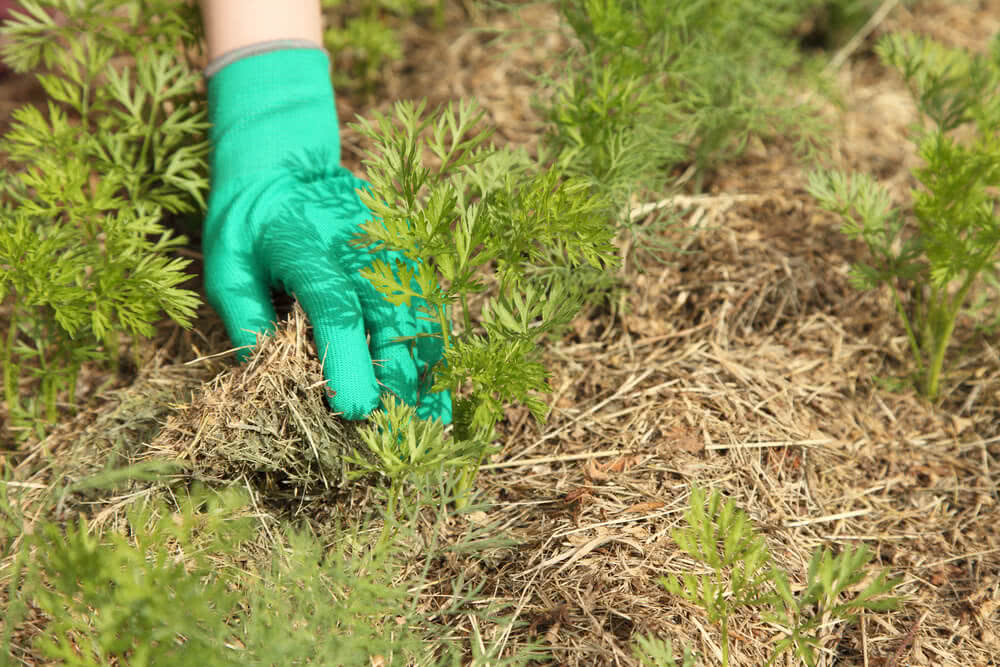Buy Long Desi Carrot Seeds & Carrot Nantes Seeds Online.

So let's start with growing carrots indoor with our guide on growing carrots in containers:
1. Growing season:
In India, carrots are best grown in the winter season, and seeds should be sown from October-November; they can also be grown during monsoon.

2. Sunlight requirement:
Carrot plants need 6-8 hours of direct sunlight every day to form proper carrot roots.

3. Potting soil:
Use well-drained potting soil mix with added peat moss, Coco-peat, and compost. Do not use garden or landscape soil to grow carrots in containers. You can use specialized soilless products like the Organic veggie mix.

4. Container:
Carrots can be grown in big round pots as well as in rectangular containers. A round pot with 18-inch width can be used, or a rectangular container with a minimum depth of 1 foot should be used. They can also be planted in grow bags.

5. Spacing:
Carrot plants should be spaced 3 inches apart in a container for proper root development.

6. Seed sowing:
Carrots are grown by direct seed sowing in containers. Sow seeds about 0.5 cm deep, and plant 2-3 seeds in each planting hole. Firm the soil gently after covering the seeds and water them immediately. Seeds should germinate within 8-10 days.

7. Thinning:
Once the seedlings are 2 inches tall, thin the group to leave only one seedling per spot. The strongest and tallest seedling in each spot is selected, and rests are snipped off.
8. Fertilizers:
Carrots require all-purpose, mild fertilizers like seaweed along with compost. What you want to avoid is high nitrogen fertilizers as these encourage more leafy growth rather than root development.

9. Harvesting:
In the winter season, with ideal growing conditions as mentioned above, carrots can be harvested within 60 days of seed sowing.
When grown in containers, some of the carrots may not be of a massive size, and you will see some medium and large sized carrots at the same time. Kids love uprooting carrots from soil and eat them fresh. Such activity is safe when carrots are grown organically.

10. Micro-carrots:
Carrots can be sown in high density in shallow pans and trays to obtain micro-carrots. The green leaves and tiny carrot roots are both harvested together as micro-carrots. These are supposed to be loaded with vitamins, minerals, and antioxidants.

Click here to read more about growing rooting vegetables in pots.
Happy gardening!








